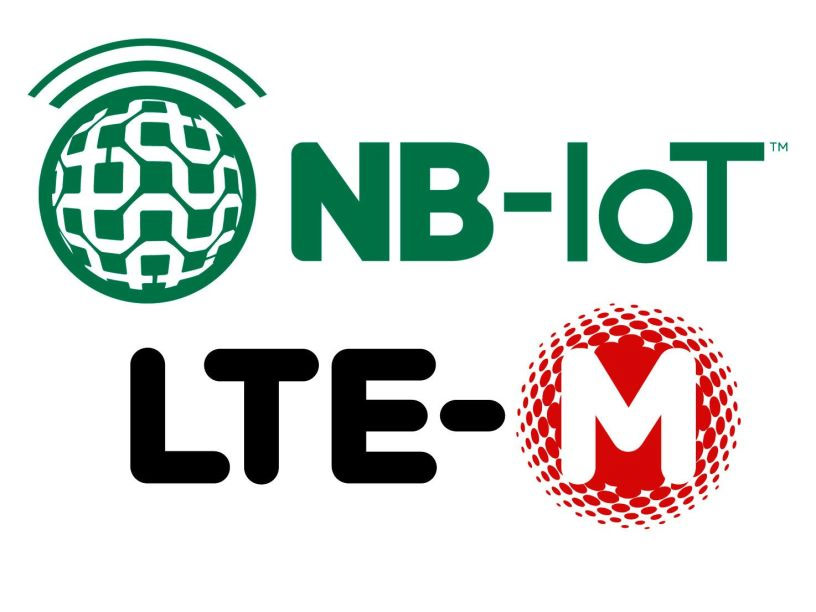What Is the Difference Between Cat-M1 and NB-IoT?

Cat M1 and NB-IoT are two of the most popular IoT connectivity options right now. Understanding the Applications and the difference is important to find the right technology to support specific Applications.
The rise of the Internet of Things (IoT) technology over the past few years is well documented, with experts predicting the number of IoT devices to reach 75 billion. To power this emergence, project managers and developers search for IoT device connectivity to support the specific ranges, bandwidths, and data loads that they need to be covered, enabling them to bring their innovative ideas to market successfully.
While any connectivity could technically do the job, choosing the perfect IoT solution for your project can result in improved quality of service, cost savings, and operational efficiency, creating a competitive advantage that allows businesses to innovate without worry. Two of the more popular IoT connectivity types today are LTE CAT-M1 and NB-IoT.
Here are the differences between LTE CAT M1 and NB-IoT and which one would work best for your IoT project.

What is Cat-M1 (LTE-M)?
Cat-M1 / LTE Cat-M
LTE-M (LTE Cat-M or Cat-M1) is a new mobile data standard for the growing LPWA or Low-Power Wide-Area market. It works best for transferring low to medium data in a long range.
Cat-M1 offers fast enough bandwidth to replace many current 2G and 3G IoT applications. It is different than NB-IoT in several other ways: Cat-M1 supports cellular tower handoffs, so it works with mobile applications, such as asset tracking and fleet management. It also supports voice features in IoT applications, such as medical alert devices and home alarm systems, where the ability of people to talk is important.
The standard, which uses 1.4 MHz of bandwidth, also has enough throughput to transfer firmware, software, and other security updates to IoT devices, including a full-blown Linux operating system – something NB-IoT can’t do. Furthermore, Cat-M1 supports full and half-duplexing, meaning companies can lower power consumption and increase their battery life by choosing half-duplex. It’s faster with 1Mbps upload and download speeds and lower latency of 10 to 15 milliseconds.
Cat M1 Applications
The most common Applications for Cat-M1 include wearables, such as fitness bands and smartwatches and automated teller machines (ATMs), in addition to asset tracking, health monitors, and alarms. It is also widely used in metering applications, security monitoring, building monitoring systems, and telematics.
It also has some crossover with NB-IoT and can work with smart meters and industrial monitors.

What is Narrowband IoT?
NB IoT (LTE Cat-NB1)
NB-IoT (Narrowband IoT or NB1) is another new mobile data standard for the growing Low Power Wireless Application (LPWA) market. NB-IoT features uplink speeds of 66kbps and download speeds of 26kbps in half-duplex mode, meaning data goes in one direction at a time. It also has a latency of 1.6 to 10 seconds.
It operates in a very narrow bandwidth – 180 kHz – and can be deployed in the guard band portion of an LTE network, which is in-between channels in an unused portion of the spectrum. Therefore, it excels for IoT projects with a vast coverage area, delivering impressive seven times the range of current technologies like CAT M1. NB-IoT offers better building and obstacle protection.
NB-IoT relies on simple waveforms for connectivity, which consumes very little power compared to LTE Cat M1. Thus, the NB-IoT device can offer better building and obstacle penetration. This also means that NB-IoT devices cannot send as much data as LTE Cat M1.
NB-IoT Applications
Most common Applications for NB-IoT include smart gas, water, and electricity meters, smart city applications, such as smart street lighting and parking sensors, and other remote sensing applications that don’t send frequent or large amounts of data. That includes HVAC control, industrial monitors, and agricultural sensors that monitor irrigation systems and detect leaks.
Based on the comparison above, the major differences between NB-IoT and LTE-M can be briefed as follows:
| NB-IoT | LTE-M | |
| Peak Data Rate | <100 kbps | >384 kbps, up to 1 Mbps |
| Latency | 1.5-10 | 50-100ms |
| Bandwidth | <200KHz | 1.4 MHz |
| Power Consumption | Best at very low data rates | Best at medium to high data rates |
| Mobility | No for Cat-NB1, limited for Cat-NB2 | Yes |
| Support for Voice (VoLTE) | No | Yes |
| Antennas | 1 | 1 |
Applications Summary
| Application | NB-IoT | LTE-M |
| Smart Cities | Static applications with low bandwidth requirements such as smart parking, noise, pollution monitoring, waste management, and smart traffic monitoring. | Applications with heavy downlink requirements and/or voice support such as street lighting, traffic management, panic buttons, and SOS stations with optional voice support. |
| Smart Agriculture | Stationary applications with low bandwidth requirements such as weather stations, soil moisture/temperature, and humidity levels, and other environmental applications. | Applications with heavy downlink requirements and/or mobility such as smart irrigation, HVAC control in animal housing, and live animal tracking. |
| Logistics & Transportation | Semi-stationary assets such as commercial refrigeration equipment (ice cream, beverages, etc.) and on-site logistics equipment (racks, trolleys, lifts, and other warehouse machinery). | Personal tracking applications (cars, bikes, pets, children), fleet monitoring (especially trucks), and non-stationary assets such as logistics equipment (cargo, crates, pallets, etc.). |
| Industrial & Manufacturing | Stationary machinery with low data rates for process variables indirectly affecting production or quality, industrial assets tracking, and energy monitoring. | Machinery with higher bandwidth requirements for process variables directly affecting production or quality, IoT gateways linked to PLCs for tags monitoring, and worker monitoring. |




